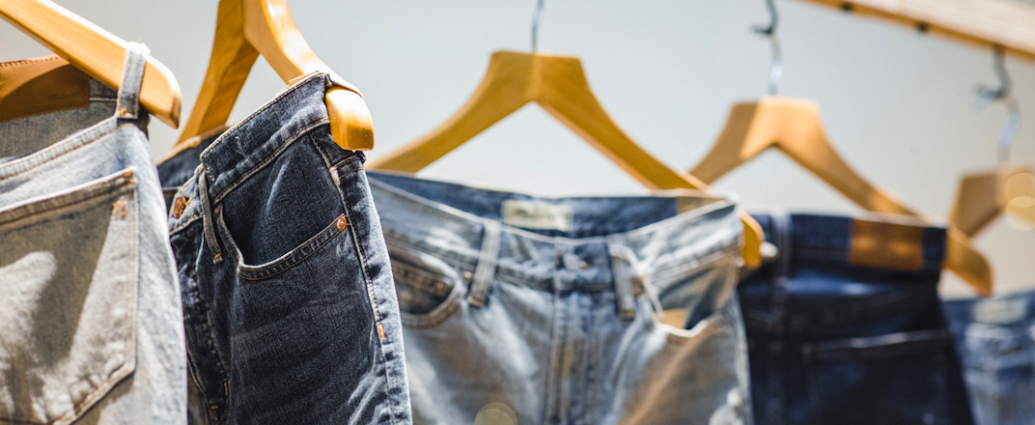Eleanor Antoniou
Trigger warning: body image, eating disorders
The noughties are undoubtedly back in vogue with Y2K looks trending on catwalks and across social media. The noughties were the era of bejewelled rhinestone logos, bright bubblegum pinks, baguette bags, kitsch accessories, and Juicy Couture tracksuits. Special mentions should, of course, go to low-rise waists, tiny, barely-there tops and baby tees.
But, for many of us, the return of noughties fashion isn’t exactly welcome news.
These styles showed off the body to the point where slenderness became a core element of the aesthetic. Low-rise waists seemed to come hand in hand with flat stomachs, barely-there tops often didn’t even allow for a bra, while baby tees had to be figure-hugging enough to show off the body beneath. In many ways, Y2K fashion was not only about the clothes. It was just as much about the body inside them.
Through the ages
Of course, the obsession with slenderness was not unique to the 2000s. Body types, and women’s bodies, in particular, have been treated as trends across fashion history. Even in ancient times, Praxiteles’ Aphrodite of Knidos – credited as the first life-size fully nude female statue – dictated a certain ideal body type for women to uphold.

Ever since its creation, this ideal has shifted with trend cycles. In the 1920s, the boyish flapper figure became the ideal. Later in the 1950s, it was Marilyn Monroe’s curves that were commodified. The noughties followed the ‘heroin chic’ aesthetic of the 90s, which worshipped slenderness.
In the 2000s, this worship continued, as counting calories and slimming down became the norm. Clothes were designed to highlight the bodies that fashion was so fixated on.
In Mean Girls (2004), Regina obsessively counts her calories. When Cady tricks her into gaining weight, Regina loses her queen-bee crown. This wasn’t an entirely fictional idea. Noughties women in the spotlight, such as Hillary Duff and Kate Winslet, were fat-shamed with cruel comments by the media and paparazzi.
With the rise of the Kardashian empire in the 2010s, curves came around once more in the never-ending recycling of female body types. Yet, nowadays, Kim and Khloé have slimmed back down with weight loss becoming a triggering storyline in their reality show.
The Climate Today
One episode from their newest season showed the pair preparing for the 2022 Met Gala, for which Kim proudly declared her dramatic weight loss over a short period. Whilst the Kardashians have the means to radically reshape their bodies to both create trends and profit from them, most women cannot easily do the same.
The Kardashians echo the idea that slenderness is spinning the trend cycle again, alongside the undeniable return of Y2K fashion. Blumarine’s RTW Spring 2022 collection was overtly Y2K in its bright colours, butterfly motifs, mini skirts, and rhinestone belts, and in the perfect thinness displayed by every model.
Although there were more ‘curve’ models at this year’s fashion shows, it did feel as if there was a particular focus on slenderness this season. At the CFDA Fashion Awards gala last month, Julia Fox wore a cutout dress that put her slenderness centre-stage, rather than the dress itself. Furthermore, whilst Kim’s weight loss is what will be remembered from the 2022 Met Gala, in 2023 the whole event will celebrate Karl Lagerfeld, a designer who was infamously outspoken about his preference for thin models.

Earlier this year, the Miu Miu micro-mini skirt, reminiscent of the noughties era, became a viral success and is one of the fashion items defining 2022. However, the skirt is not available past a size 14. Plus-size model Paloma Elsesser wears it on the cover of i-D, but hers was custom-made for the shoot, showing that although Miu Miu can produce larger sizes if they want to, and that larger women can wear the mini skirt beautifully, the skirts are still only being manufactured for those who are smaller.
Deeper Consequences
These Y2K styles seem to demand that women’s bodies remain small, and at the same time seductive, with tight, tiny tees and low-cut waistlines. Young women are shopping on Depop for children’s t-shirts to model as noughties’ baby tees, the very name of which suggests that women should remain in the state of baby-cute girlhood forever.
This is not to criticise the girls who want to dress like it’s 2003 – we should all have the freedom to dress however we want – but to question why patriarchal ideals of slenderness and eternal youth are so intertwined with the Y2K aesthetic.
It is this patriarchal commodification of the female body which needs to be separated from the clothes themselves. The obsession with slenderness is deeply rooted within the fashion industry and is particularly bound up with this era of low-cut, barely-there clothing.
Y2K fashion can and should be styled in an inclusive and positive way that doesn’t place one particular body type as an essential. The body wearing the clothes should never need to conform to a certain ideal to be accepted in them. No matter what the media or the male gaze might dictate, no one should ever feel they aren’t slender enough to wear something they love.
The fashion industry should have reconciled this long ago.
Featured image courtesy of Jason Leung on Unsplash. Image license can be found here. No changes were made to this image.

